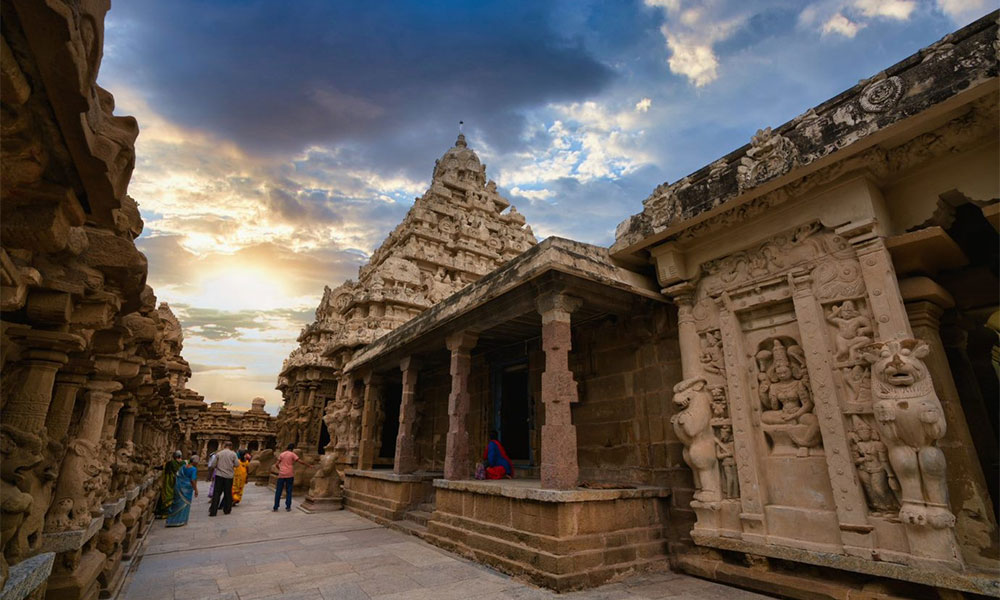Culture And Heritage - History of India
Tourism in India can be unforgettable as the history and culture of this country is full of richness and prosperity, attracting thousands of tourists across the globe towards India every year. The history of India has had majorly impacted India’s current evolution, which you may experience on your journey to the Tourism of India. Home to the most popular Indus Valley civilization and a county of historic trade and royal empire, India is recognized for the abundant beauty and cultural wealth over the past five thousand years approximately.
A country is a dwelling place to major four religions, which are Hinduism, Jainism, Buddhism, and Sikhism while Islam, Zoroastrianism, Judaism, and Christianity arrived later in the first millennium AD and merged into the country’s diverse culture. India was titled as a modern nation-state after independence in 1947-a widespread that was marked as nonviolent resistance. Further, the history of India is divided into four major segments- the ancient era, the medieval era, the modern era, and the post-independence era.
The Ancient Era
An insignia of Indian history back to those Stone Age with paintings on Rock Shelters of Bhimbetka in Madhya Pradesh can make your travel experience absolutely stunning. These paintings signify early traces of humans on this land. You will also come across the first recognized permanent settlements that appeared 9,000 years ago and progressively developed in the Indus Valley civilization, back in 3300 BCE in Western India. This period was followed by Vedic civilizations, which are the roots of Hinduism and other cultural factors of early Indian society. From 550 BCE many kingdoms and civilizations happen in this country some of which are Mahajanpandas and a lot more.
The Medieval Era
The huge empires build by the Maurya dynasty under the influence of Emperor Ashoka united South Asia in the third century BCE. From 180 BCE, a chain of foray took place in this country from Central Asia that was followed by Indo- Greeks, Indo-Parthians, Indo- Scythians, and Kushans in the north-western Indian subcontinent. However, the third century CE transformed the country as the Gupta dynasty entered the country and that period is considered as “The Golden Age” of India history. South India was ruled by some great empires such as Rashtrakutas, Hoysalas, Chalukyas, Panday's, Pallavas, and Cholas. The state of South India thrived under the benefaction of these great kings that led them to excel in Science, art, engineering, literature, astronomy, and philosophy. The famous Ajanta Caves were built in the 6th Century, which is a major attraction for many tourists.
The Modern Era
Another insignia of these invasions in the 10th and 11th Centuries were remarkable for North-Indians when Delhi Sultanate came into existence and later the Mughal dynasty. Mughal emperors strived to cover large parts of India, but the supremacy of Mughals declined and Maratha Empire became the dominant power. Since the 16th century, several Europeans countries including France, Portugal, Netherlands, and the United Kingdom started arriving as traders in India and slowly, quietly took the step of building their colonies.
The 12th century of India was a crucial period for Indians and a well-recognized phase by every individual across the globe when the National Congress Party launched the movement of freedom in this first half of the year. Led by the great Mahatma Gandhi, and presenting commitment to ahimsa or non-violence, millions of people join the campaign of civil dissilience and finally, India got independence in the year 1947 on 15th August. However, the country became independent but was also parted by the Muslim league to create their own religious Islamic-state Pakistan. In 1950 after the partition, India becomes a republic country and a new constitution came into effect.
The Post-Independence Era
The history of India seems to be full of ups and downs, but the country made its way through high poverty, corruption, unemployment and a lot more. Many developed countries took advantage of this country and raided India in history, but today they all support India to make this country full of diversity.
And today, India is on the top of the world, considered as one of the fastest developing countries across the globe. India has become one of the popular destinations for tourists as you can witness the history of this country at every place you’ll visit-be it Jalian-wala-bagh, Red Fort, Gateway of India, India Gate, UNESCO heritage, and a lot more.
